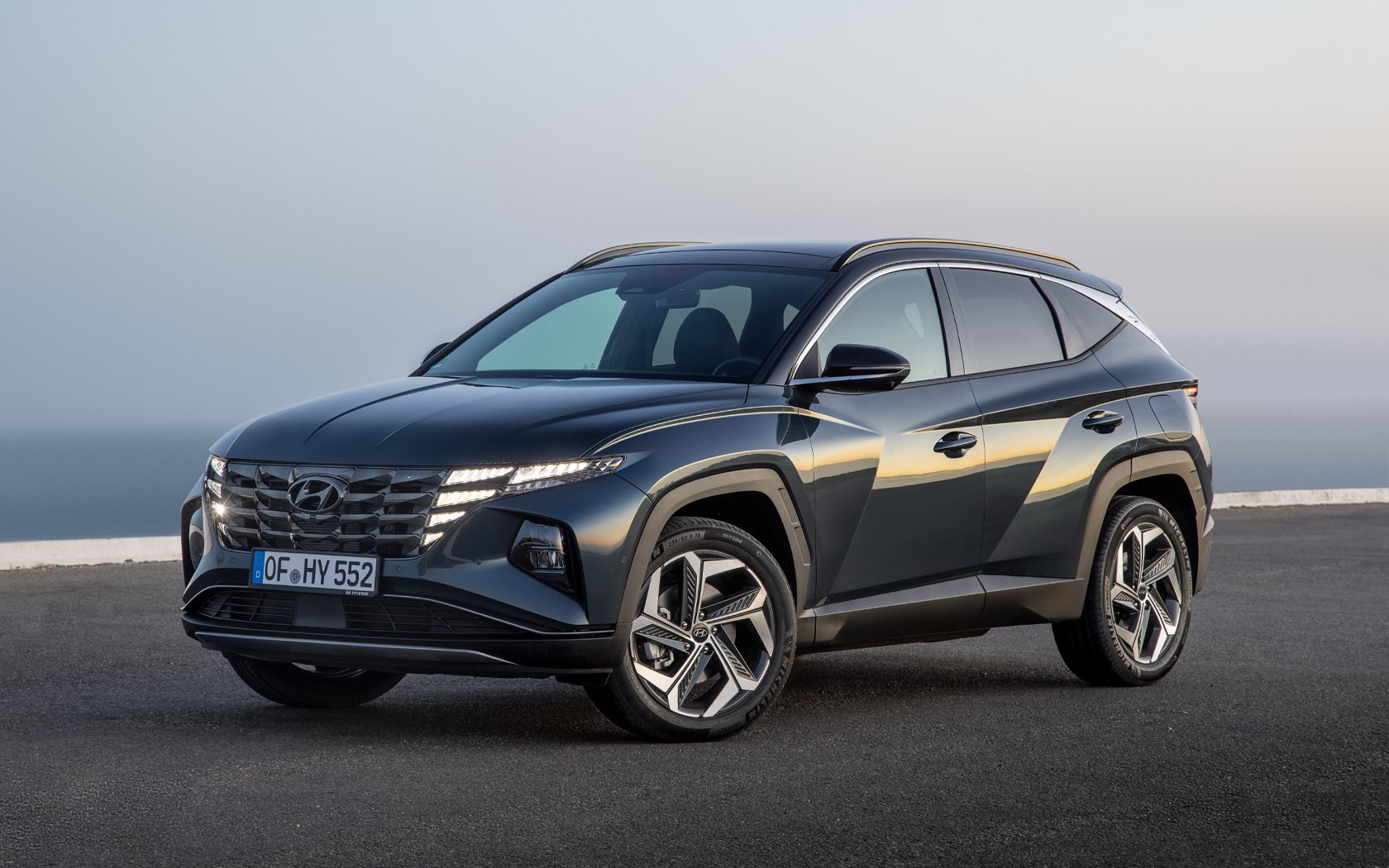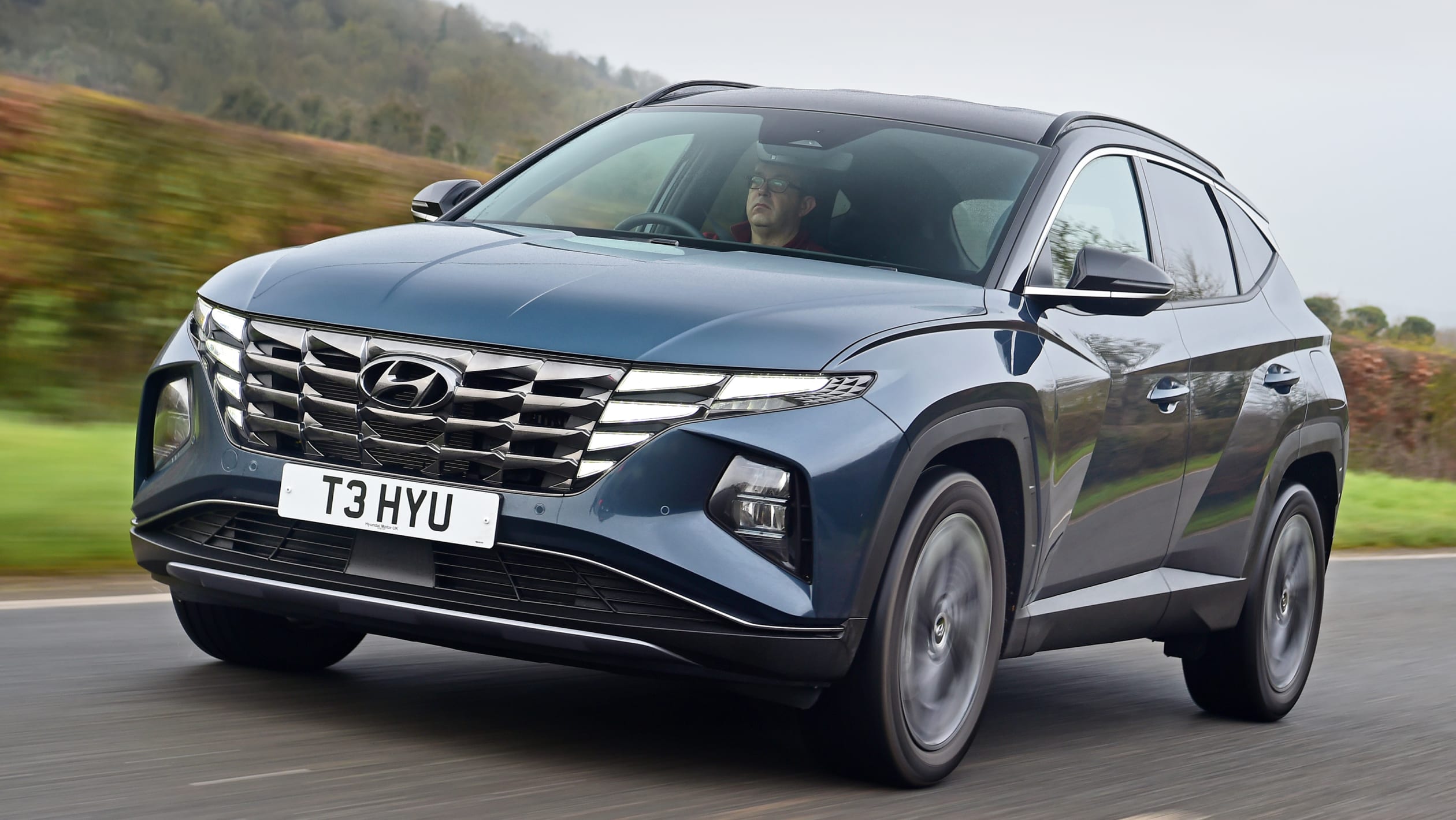The Hyundai Tucson: A Deeper Look at its Weight and its Implications
The Hyundai Tucson: A Deeper Look at its Weight and its Implications
Introduction
With enthusiasm, let’s navigate through the intriguing topic related to The Hyundai Tucson: A Deeper Look at its Weight and its Implications. Let’s weave interesting information and offer fresh perspectives to the readers.
Table of Content
The Hyundai Tucson: A Deeper Look at its Weight and its Implications

The Hyundai Tucson, a popular compact SUV, has consistently garnered attention for its blend of style, technology, and practicality. As the automotive industry evolves, consumers are increasingly interested in understanding the factors that contribute to a vehicle’s performance, efficiency, and overall driving experience. One such factor, often overlooked, is weight. This article delves into the significance of weight in the 2025 Hyundai Tucson, exploring its impact on various aspects of the vehicle’s performance and addressing common questions surrounding this topic.
Understanding Weight: A Crucial Factor in Automotive Design
Weight is a fundamental aspect of automotive design, influencing a vehicle’s performance, handling, fuel efficiency, and safety. In the case of the 2025 Hyundai Tucson, understanding its weight becomes crucial for understanding its capabilities and limitations.
Factors Influencing the 2025 Hyundai Tucson’s Weight
The weight of the 2025 Hyundai Tucson is influenced by a multitude of factors, including:
- Engine and Transmission: The choice of engine and transmission directly impacts the vehicle’s weight. Larger, more powerful engines naturally contribute to a heavier curb weight.
- Body Style and Trim Level: Different body styles, such as a standard SUV or a hybrid variant, can vary in weight due to structural differences. Additionally, higher trim levels often include more luxurious features, adding to the overall weight.
- Materials Used: The materials used in the construction of the vehicle, such as steel, aluminum, and composites, play a significant role in determining its weight. Modern advancements in materials technology have led to lighter and more durable options, contributing to a potential reduction in weight.
- Features and Options: Additional features like panoramic sunroofs, advanced safety systems, and premium sound systems can add weight to the vehicle.
- Fuel Tank Capacity: A larger fuel tank, while offering extended range, contributes to a higher curb weight.
The Impact of Weight on the 2025 Hyundai Tucson’s Performance
The weight of the 2025 Hyundai Tucson directly influences its performance in several ways:
- Acceleration and Handling: A heavier vehicle requires more power to accelerate and maneuver, potentially impacting its overall responsiveness and agility.
- Fuel Efficiency: A heavier vehicle consumes more fuel to achieve the same level of performance. This is due to the increased energy required to move the vehicle’s mass.
- Braking Performance: A heavier vehicle requires more braking force to stop, potentially leading to longer stopping distances.
- Ride Comfort and Stability: A heavier vehicle can exhibit a more stable ride, particularly on uneven roads, but may compromise overall ride comfort.
Weight Distribution: A Key Consideration
While overall weight is important, the distribution of weight within the vehicle is equally crucial. Proper weight distribution ensures optimal handling, stability, and a balanced driving experience.
Weight and Safety in the 2025 Hyundai Tucson
Weight plays a complex role in vehicle safety. While a heavier vehicle may offer better protection in a collision, it can also increase the risk of rollover accidents due to a higher center of gravity. Modern safety features, however, are designed to mitigate these risks.
Exploring the 2025 Hyundai Tucson’s Weight: Common Questions and Answers
Q: What is the estimated weight of the 2025 Hyundai Tucson?
A: While the exact weight of the 2025 Hyundai Tucson is not yet publicly available, it is likely to fall within the range of its previous generation models. The current Tucson weighs between 3,300 and 3,800 pounds depending on the trim level and engine configuration.
Q: How does the weight of the 2025 Hyundai Tucson compare to its competitors?
A: The weight of the 2025 Hyundai Tucson will likely be comparable to its direct competitors, such as the Honda CR-V, Toyota RAV4, and Mazda CX-5. It is important to note that weight can vary significantly within the same segment depending on the specific vehicle configuration.
Q: Can I find the exact weight of my 2025 Hyundai Tucson?
A: The exact weight of your 2025 Hyundai Tucson can be found on the vehicle’s Monroney sticker, also known as the window sticker, located on the driver’s side door jamb. This sticker provides detailed information about the vehicle’s specifications, including its weight.
Q: How can I reduce the weight of my 2025 Hyundai Tucson?
A: While reducing the overall weight of your 2025 Hyundai Tucson is not possible without significant modifications, you can minimize the impact of added weight by avoiding unnecessary cargo and removing any unneeded accessories.
Tips for Optimizing Performance and Fuel Efficiency in a 2025 Hyundai Tucson
- Choose a Fuel-Efficient Engine: Opting for a smaller, more fuel-efficient engine will contribute to a lighter vehicle and improved fuel economy.
- Consider a Hybrid or Electric Variant: Hybrid and electric variants often offer a significant weight advantage over their gasoline-powered counterparts, resulting in improved fuel efficiency and reduced emissions.
- Minimize Cargo Weight: Avoid carrying unnecessary items in the cargo area, as even small additions can impact the vehicle’s weight and fuel economy.
- Practice Efficient Driving Habits: Avoid aggressive acceleration and braking, as these behaviors increase fuel consumption and wear on the vehicle.
- Maintain Proper Tire Pressure: Maintaining proper tire pressure ensures optimal fuel efficiency and reduces wear on the tires.
Conclusion: Understanding Weight for a More Informed Driving Experience
The weight of the 2025 Hyundai Tucson, while often overlooked, plays a crucial role in its performance, fuel efficiency, and safety. By understanding the factors influencing its weight and its impact on the driving experience, consumers can make more informed decisions about their vehicle choices and driving habits. As the automotive industry continues to evolve, weight will remain a critical factor in the design and development of vehicles, ensuring optimal performance and efficiency for years to come.








Closure
Thus, we hope this article has provided valuable insights into The Hyundai Tucson: A Deeper Look at its Weight and its Implications. We appreciate your attention to our article. See you in our next article!